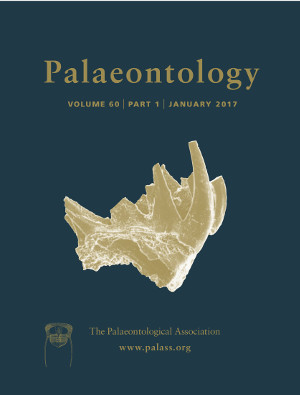Reg. Charity No. 1168330

Coleoid cephalopods are characterized by internalization of their shell, and are divided into the ten‐armed Decabrachia (squids and cuttlefish) and the eight‐armed Vampyropoda (octopuses and vampire squid). They have a rich fossil record predominantly of the limited biomineralized skeletal elements they possess: arm hooks, statoliths, mouthparts (the buccal mass) and internal shell (gladius or pen), although exquisitely preserved soft tissue coleoids are known from several Lagerstätten worldwide. Recent studies have shown that although morphological similarities between extant decabrachian gladii and fossil examples exist, no known examples of fossil decabrachians are currently known. However, molecular clock data and phylogenetic bracketing suggest that they should be present in Lagerstätten that are rich in vampyropod soft tissue fossils (i.e. Hâkel and Hâdjoula Lagerstätten, Cretaceous, Lebanon). We propose that a hitherto unknown taphonomic bias pertaining to the differing methods of buoyancy control within coleoid groups limits preservation potential. Both negatively and neutrally buoyant decabrachians use chemical buoyancy control (ammonia) whereas vampyropods do not. In the event of rapid burial in an environment conducive to exceptional preservation, ammonia dramatically decreases the ability of the decabrachian carcass to generate the required pH for authigenic calcium phosphate replacement, limiting its preservation potential. Moreover, the greater surface area and comparatively fragile dermis further decrease the potential for fossilization. This taphonomic bias may have contributed to the lack of preserved labile soft‐tissues in other cephalopods groups such as the ammonoids.